Affiliate links on Android Authority may earn us a commission. Learn more.
The rise and fall of Oxygen OS
June 20, 2021
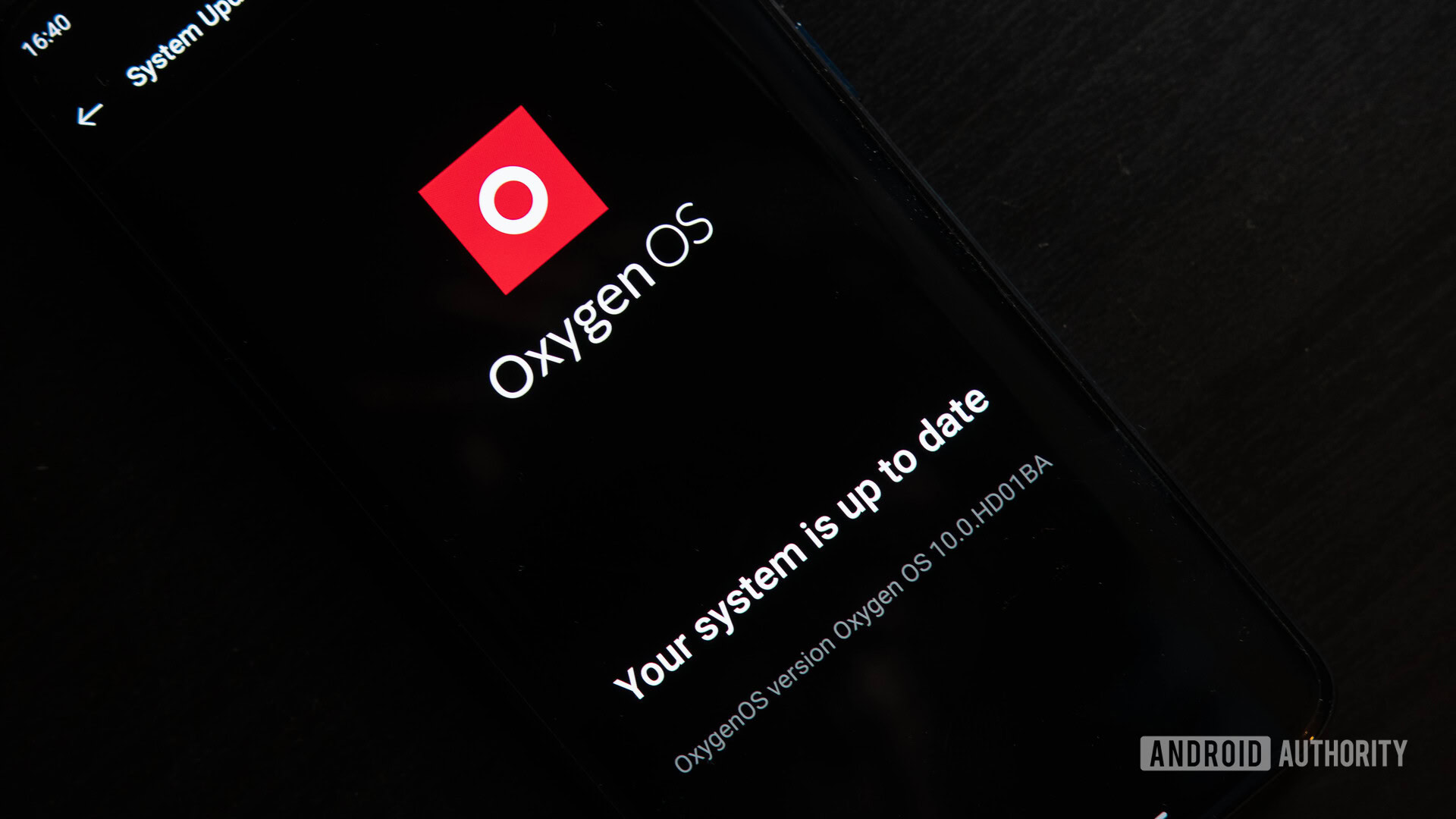
On January 30, 2015, OnePlus officially announced the name of its new in-house Android skin: Oxygen OS. In the announcement post, it explained its reasoning with the company’s trademark pomp:
“As an element, Oxygen is the epitome of simplicity, yet it’s also extraordinarily powerful. Oxygen is all around us. It’s part of us and everything we do. It creates the water that carves out valleys and moves mountains. By itself, it’s simple and pure — a fundamental building block. But, as a part of something greater, it can do amazing things. Just like us.”
In other releases, the company used the term “breath of fresh air” to both play on the oxygen theme as well as dig at the popular skins of the time, which were mostly bloated messes. Unfortunately, the new skin got off to a shaky start with rollout issues, a sparse feature set, and a tricky upgrade process for folks who owned OnePlus devices with the original Cyanogen OS.
Eventually, though, Oxygen OS became a revelation. The skin offered a close-to-stock experience with numerous features cribbed from the custom ROM community. It was essentially pure Android, but with a few new tricks that most users appreciated. Its simplicity (and OnePlus’ relatively small hardware portfolio) allowed for incredibly fast updates, with an extended schedule compared to the competition.
Today, it’s difficult to even remember those days. Now it seems even the most die-hard OnePlus fans are complaining about Oxygen OS. We have numerous articles about problems users have faced with delayed rollouts and bug-riddled “stable” launches. The comments sections of these posts are filled with folks saying they have moved on from OnePlus, or plan to in the future.
What happened here?
Oxygen OS: A brief history
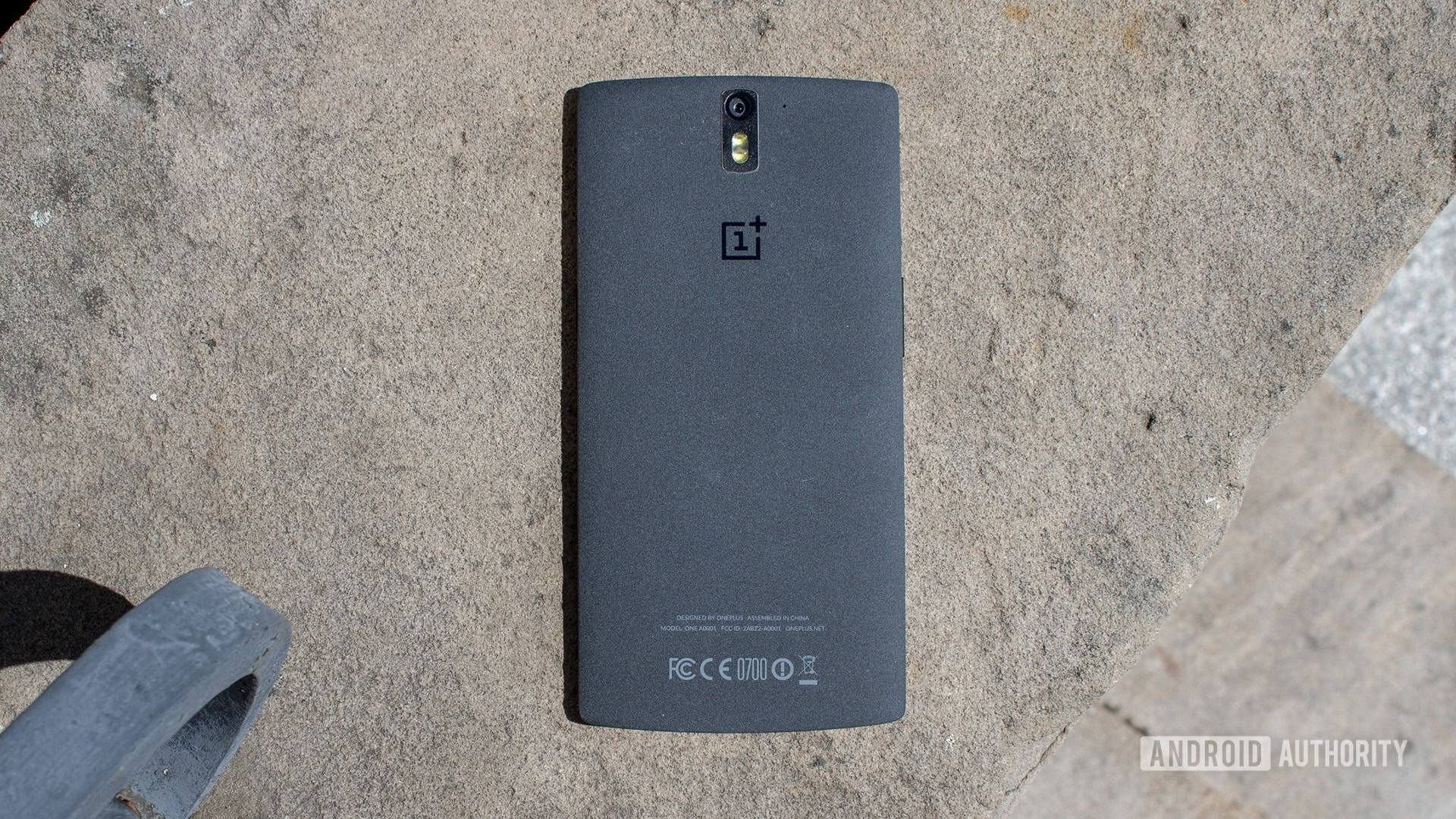
Our own Robert Triggs has an excellent piece on the history of Oxygen OS. I highly suggest you read it, but I’ll provide a condensed version here.
When OnePlus first started, it worked with Cyanogen Inc. to develop a custom ROM for its smartphones. Cyanogen was birthed from a custom ROM development community that had existed for some time in a loose, not-for-profit way. Cyanogen OS, as it came to be known, was the company’s first commercial product and was a huge selling point of the OnePlus One, which was geared towards the custom ROM community.
See also: From OnePlus 6T to OnePlus One: A week with a 5-year-old phone
However, Cyanogen Inc. was a total disaster. Mismanagement and a series of unfortunate events pushed the company out of favor, forcing OnePlus to drop Cyanogen. With nowhere else to turn, the most obvious solution was for OnePlus to make its own skin.
At first, the company made two skins: Oxygen OS for its international audience and Hydrogen OS for China. Previously, OnePlus phones in China used Color OS, which is the skin of sister company OPPO (more on that in a bit).
OnePlus probably didn't plan to create Oxygen OS until a series of unfortunate events forced its hand.
OnePlus then had the unenviable task of convincing users to convert existing phones with Cyanogen OS to Oxygen OS. When you factor in the technical know-how needed for that kind of transfer, as well as the fact that Oxygen was essentially just stock Android when it first launched, this wasn’t easy.
Over time, new OnePlus phones landed with Oxygen/Hydrogen out of the box, and eventually, OnePlus cut out Hydrogen and offered Oxygen to all models. Additionally, the company worked hard to bring new features to the skin to make it more competitive.
The company really hit its stride in late 2016 with Oxygen OS 4.0. The bugs were mostly gone, the features were plentiful, and the pace of updates was relentless. This golden era — roughly early 2017 to late 2019 — is a huge reason why Oxygen OS earned its reputation as one of the best Android skins ever.
However, things wouldn’t stay that way.
A niche audience
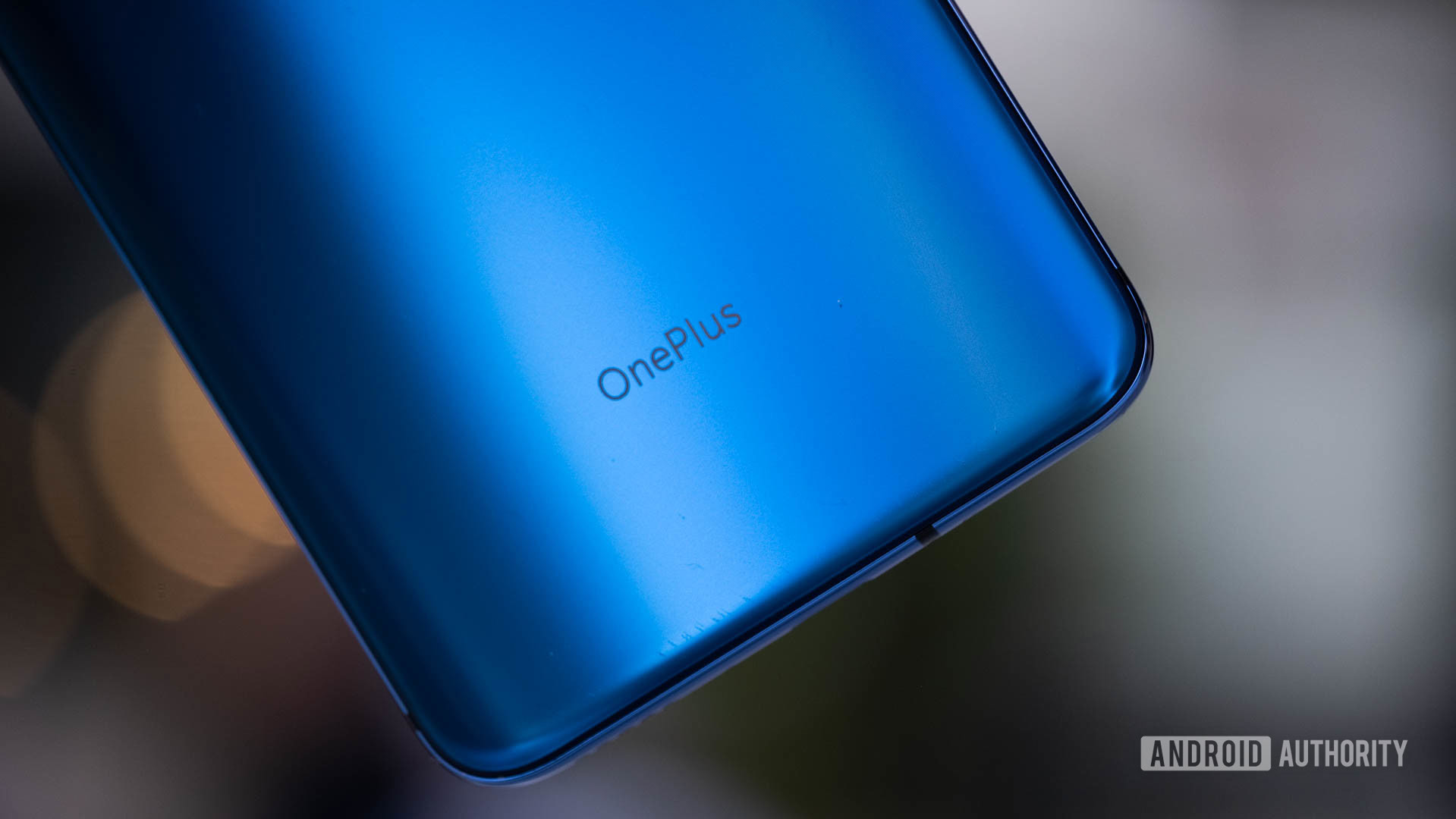
When OnePlus first arrived on the scene, it was very clear who its audience was: Android geeks. Its internet-only sales that required an invite code; its partnership with Cyanogen; its focus on direct communication with fans through its community forums — these were all basically love letters to Android fans. OnePlus was clearly a company for the nerds, not the normies.
It’s possible that OnePlus planned to stay focused on that niche audience for quite a while. For example, rumor has it that the company only planned on selling 50,000 units of the OnePlus One. When it ended up selling over a million units, it was likely as surprised as we all were. Suddenly, it wasn’t a niche brand — it had sold a million smartphones in just over one year of existence.
See also: OnePlus phones: A history of the company’s entire lineup so far
A lot of fans didn’t love this news. Like an underground band that suddenly has a mainstream hit, OnePlus now faced fan backlash for committing the cardinal sin of being successful.
This fast growth caused the company many growing pains. Now, instead of being laser-focused on the needs of Android developers, tinkerers, and iOS-bashing fanboys, OnePlus needed to also focus on the general consumer. Invariably, this change in focus influenced the direction of Oxygen OS from being enthusiast-centered to having broader appeal. This applied to hardware as well. Just look at the shift in design from the OnePlus 2 to the OnePlus 3. The former is basically an updated OnePlus One, while the latter is OnePlus’ first attempt to create a device that would look “normal” on a shelf with other popular smartphones of the day.
Going back to the underground band analogy, this started to create a rift in OnePlus’ audience. Those who were there first “before they were famous” were on one side and those who came later “because they were popular” were on the other. OnePlus had no choice but to respond to this shift, and it did so by mostly siding with the normies. This is partly why early Oxygen OS focused on simplicity and elegance rather than the needs and wants of Android geeks.
Expanding portfolio, changing priorities
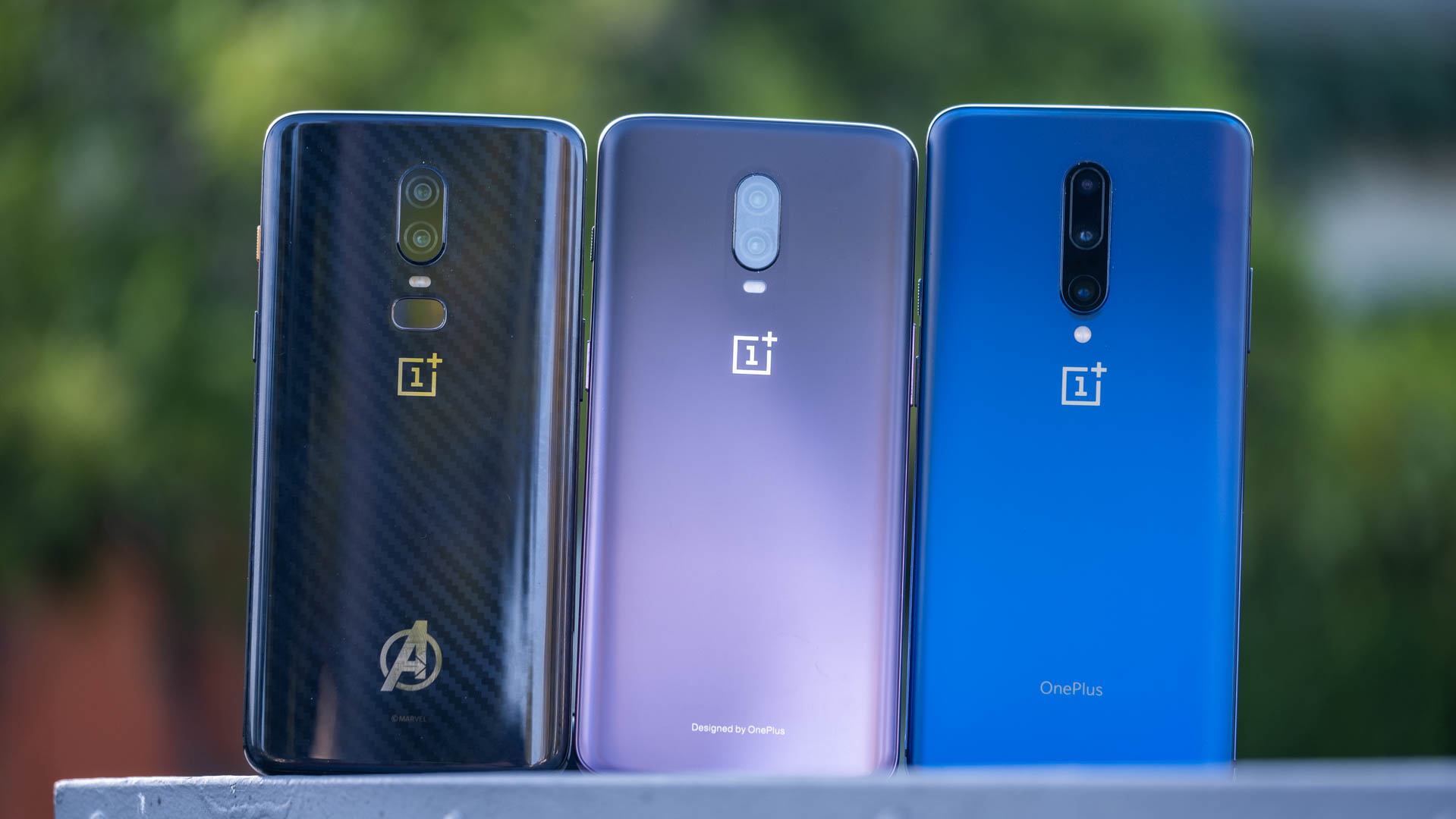
As OnePlus’ audience expanded beyond the niche enthusiast crowd, so did its portfolio. It briefly attempted to enter the mid-range sector with the OnePlus X in 2015, before deciding to offer two flagships each year, starting with the OnePlus 3 and OnePlus 3T in 2016. Eventually, it even created marketing partnerships with major properties, such as Star Wars and Marvel.
With every passing year, OnePlus’ portfolio grew. First, there were the McLaren-branded models, which beefed up the specs of existing models. Then there were the Pro models, starting with the OnePlus 7 Pro in 2019. Then the Nord models brought OnePlus back to the mid-range sector for the first time since the OnePlus X.
As OnePlus' portfolio expanded, the company found it difficult to keep up with updating all the new hardware.
All those new devices — along with all the previous devices that still needed support — meant extra work for the software team. Each device needs specific software tweaks related to various hardware elements, such as the processor or number of camera lenses. This put more pressure on the software team and started to erode Oxygen OS’s stability.
See also: Oxygen OS vs One UI: A thorough comparison of the two popular Android skins
Take this example: in 2019, OnePlus launched no fewer than five new phones. Prior to that, it had launched only two or three phones a year. That means, in 2019, the number of phone models the software team needed to support practically doubled. That’s a fair amount of extra work for OnePlus’ software team.
With devices selling well and profits rising, pushing fast, stable, and long-lasting updates seemingly wasn’t a priority anymore. After all, software updates are something that the general consumer really doesn’t care much about — even if Android die-hards do. The company instead appeared to shift focus by looking to create more phones to sell to different types of buyers. In 2020, OnePlus released no fewer than eight phones (if you count the carrier-exclusive variants which require different software updates). Now, halfway through 2021, it’s already released or confirmed five different models, with more phones — including a Nord 2 and OnePlus 9T — expected later in the year. That’s a lot of phones with a lot of software to manage.
The Nord series and continued “Oppo-ification”
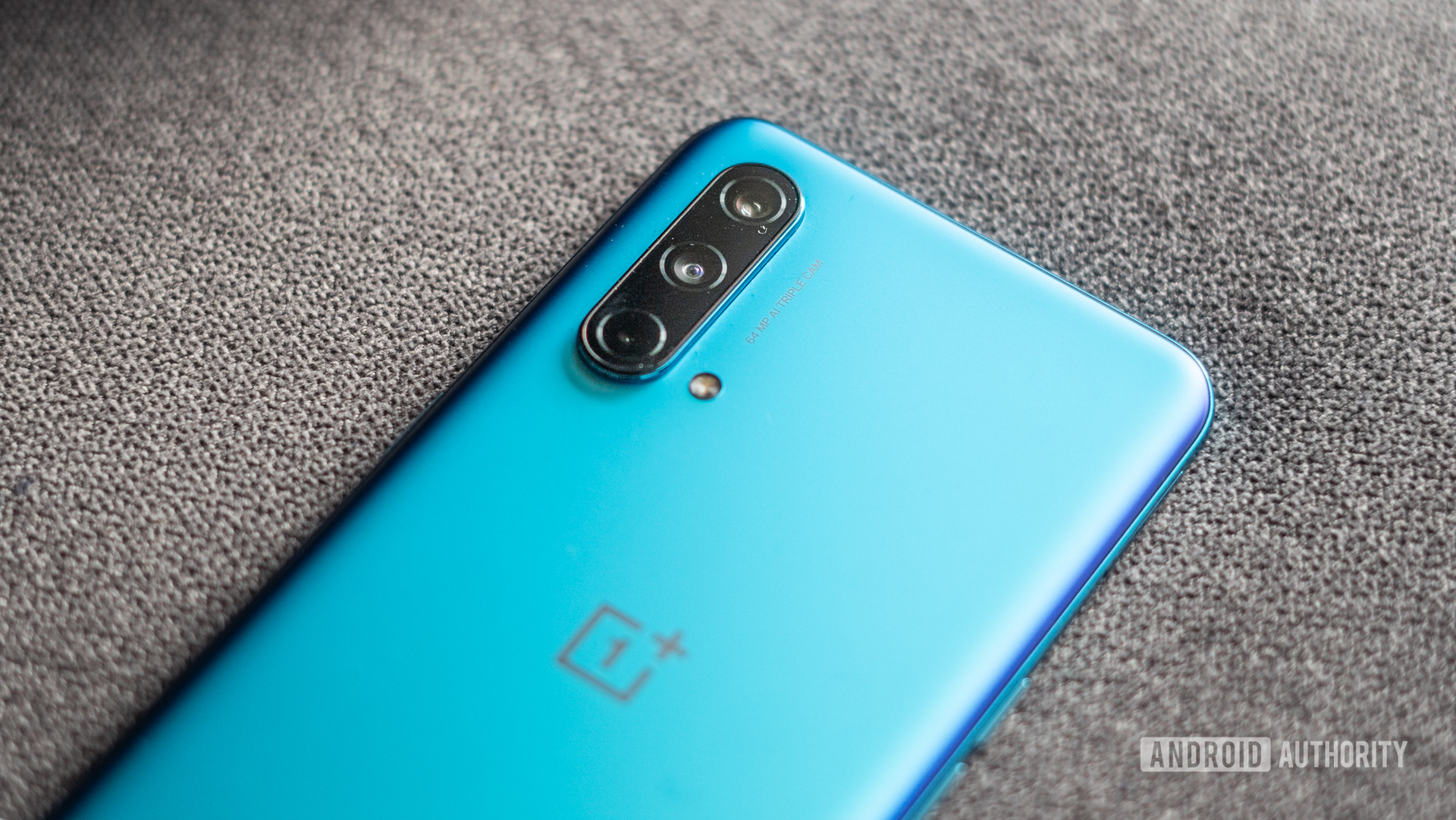
In 2020, OnePlus released its first phone in its new mid-range Nord line, aptly called the OnePlus Nord. This phone was almost like a return to the company’s roots, as it offered a pretty decent hardware package for a comparably low price. What’s more, it offered the same Oxygen OS experience as its flagships, which included the standard two years of updates and three years of security patches.
The coolest thing about the Nord, though, was how it was simultaneously different from other OnePlus phones while still fitting in well with the brand’s identity. However, in late 2020, OnePlus launched two new Nord phones: the Nord N10 and Nord N100. To the dismay of fans, the latter was a straight rebrand of an OPPO phone, while the latter was a similarly generic-looking mid-ranger. They included features most OnePlus phones don’t have (such as a microSD card reader and headphone jack) while also ditching defining elements of OnePlus phones — most notably the physical alert slider.
The Nord line started strong, but then OnePlus threw out the rule book.
To make matters worse, the two phones also came with a comparatively limited update schedule for Oxygen OS at just one year of updates and two years of security patches. Granted, the phones were very cheap, but this was something the OnePlus of yesteryear would never have even thought of doing.
OnePlus didn’t stop there, either. The OnePlus Nord N200 from this year is also a straight rebrand of an OPPO phone with no alert slider and a limited software update schedule. Even the Nord CE — a cheaper version of the mainline Nord — dropped the iconic alert slider, although it did offer the usual two years of updates and three years of patches.
Our verdict: OnePlus Nord CE review
With these phones, OnePlus appears to be saying, “we are so confident in how great Oxygen OS is that we’re OK with slapping it into some OPPO phones without altering the hardware at all and calling it a day.” This might have been a semi-acceptable move in 2017, but in 2021 that’s a huge leap of faith.
Unfortunately, it doesn’t appear that OnePlus has any intentions of slowing down this “Oppo-ification” strategy. OnePlus has already totally removed Oxygen OS from its phones in China in favor of OPPO’s Color OS. And, just this past week, OnePlus CEO Pete Lau announced that OnePlus would “further integrate” its business with OPPO, hinting at more changes for both software and hardware to come. Lau’s statement clearly hopes we’ll be optimistic about these changes, but fans don’t seem to be so enthused.
Today and the future
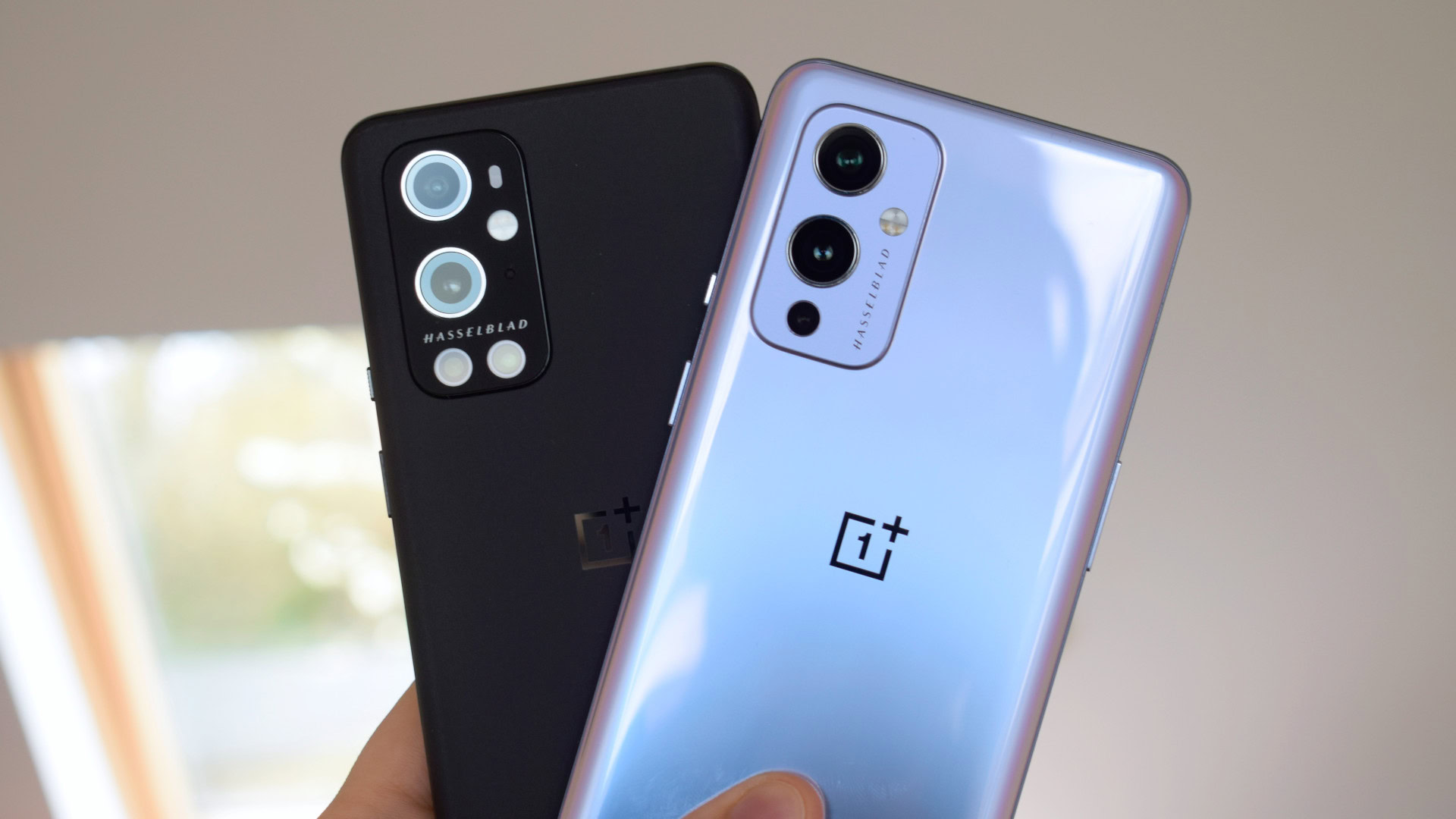
It can’t be overstated how fast OnePlus went from niche brand to global player. The company only turned seven years old in December! That breakneck growth speed would be difficult for anyone to navigate.
However, we also can’t ignore how quickly OnePlus has been shedding its own identity in an effort to be more synergistic with OPPO. It also has become quite clear that Oxygen OS has taken a backseat as far as priorities go for OnePlus. The OnePlus 7 series from 2019 didn’t get Android 11 until six months after it launched. Even then, it was missing core features and filled with bugs. Today, the OnePlus 7 series still hasn’t seen always-on display support, something that has truly upset the fan base.
With Oxygen OS 11, the most recent version of the skin, OnePlus has faced a ton of controversy. The overall design of the OS cribs heavily from Samsung’s One UI. There are more bloatware apps than ever. Security patches for any phone barring the company’s most recent flagship are landing at a slower pace. And, when OnePlus throws its fans a bone and offers something cool like access to the Android 12 beta, it blows up in its face when the software soft-bricks devices.
Related: How the price of OnePlus phones changed over the years
Like the rise and fall of a movie gangster, we’ve seen Oxygen OS come to prominence and slowly start to fall apart due to its own hubris. True, it’s not out of the game yet. OnePlus still has time to turn the tide. But does it want to? With Samsung doubling down on making One UI the gold standard for software support, one would think that OnePlus would want to fight to match or even exceed it. So far, though, we’ve only seen OnePlus fall increasingly behind.
Perhaps the fusion of OnePlus and OPPO will result in more resources put behind Oxygen OS development and support? Lau does mention that in his most recent post about brand synergy. But so much has changed for OnePlus in just the past year — it’s difficult to say anything conclusive.
OnePlus now stands at a precipice. It can reverse its stance and re-prioritize Oxygen OS and earn back its reputation. Or, it can pass on doing that and let the chips fall where they may. One thing is for certain though: the reputation of Oxygen OS as the gold standard of Android skins is over. OnePlus just needs to decide if it’s OK with that or not. In the end, you, the consumer, will respond in kind.
Thank you for being part of our community. Read our Comment Policy before posting.